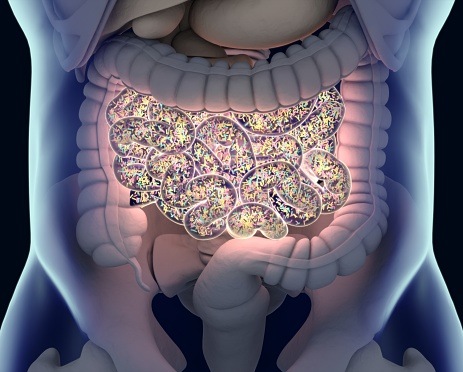A meta-analysis and systematic review, published in Medicine (Baltimore), investigated the relationship between neutrophil to lymphocyte ratio (NLR) and ulcerative colitis (UC), and found evidence that NLR may be a useful biomarker in judging the severity and activity of UC.
The study’s authors, Lushun Ma, MD, and colleagues, suggested that “because of [NLR’s] ease to obtain and characteristics, it is expected to be used in clinical practice.”
Researchers collected studies from the PubMed, Embase, Cochrane, Wanfang, and CNKI databases and used random-effect or fixed-effect models to calculate the standard mean difference (SMD) with 95% confidence interval (CI). A total of 11 articles comprising 1,741 participants were included in the analyses.
The NLR value in peripheral blood of patients with UC was significantly higher than in the non-UC control group (SMD = 1.04, 95% CI = 0.71-1.36). Additionally, the NLR value of active patients was significantly higher than in inactive patients (SMD = 1.35, 95% CI = 0.87-1.83).
The authors did acknowledge certain limitations of the study. First, the final review included a relatively small number of articles and participants. Further, investigators only included studies based on Truelove and Witts criteria or Mayo score as evaluation criteria. Lastly, data on European and American populations was limited, potentially restricting the universality of the conclusions.
According to the authors, measuring NLR of patients was a functional indicator for UC activity, and the convenient and reliable indexing method may become used in clinical practice, pending more verification.
Source: Medicine (Baltimore)









